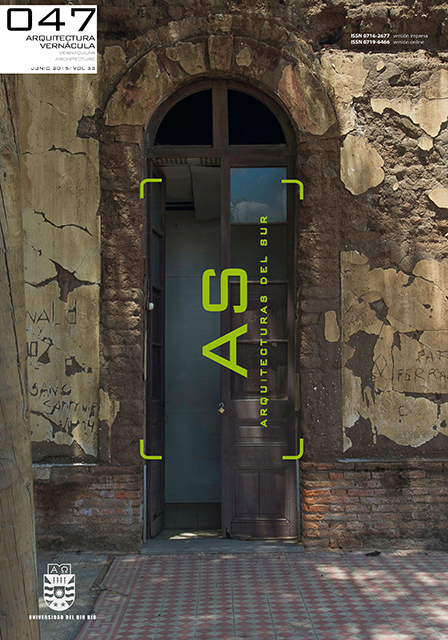The vernacular in the architecture and urban planning of Camagüey
Keywords:
vernacular, architecture, urban planning, cemetery, identityAbstract
Camagüey, declared a World Heritage City in 2008, has an important base of vernacular buildings, to which is connected a peculiar urban layout, the use of traditional building techniques, and adaptation to climate and context, where tradition, praxis, pragmatism and cultural roots are combined. The objective of this paper is to delve into the characteristics of vernacular architecture and urban planning present in Camagüey. To this end, a quantitative approach, observation and intratextual analysis were used. The main conclusions confirmed the existence of a strong imprint of the vernacular in the city, which is inherited up to the present and that encompasses its urban and architectural responses, particularly in the domestic repertoire, but that extends even to its cemetery.
Downloads
Downloads
Published
How to Cite
Issue
Section
License
The content of the articles published in each issue of Arquitecturas del Sur is the sole responsibility of the authors and does not necessarily represent the opinion of University of the Bío-Bío.
The authors will maintain their copyright; however, they will guarantee the journal the right to first publication and dissemination of their work. The publication of the article in Arquitecturas del Sur will be subject to the Creative Commons International license (CC BY-SA) that allows others to adapt: remix, transform and build on the material for any purpose, even commercially; share: copy and redistribute the material in any medium or format, as long as the authorship and first publication in this journal are acknowledged by citing them correctly, and their new contributions are under a license with the same terms.














 Programa de Información Científica/Concurso Fondos de Publicación de Revistas Científicas 2018/ Proyecto Mejoramiento de Visibilidad de Revistas UBB (Código:FP180007)
Programa de Información Científica/Concurso Fondos de Publicación de Revistas Científicas 2018/ Proyecto Mejoramiento de Visibilidad de Revistas UBB (Código:FP180007) 
